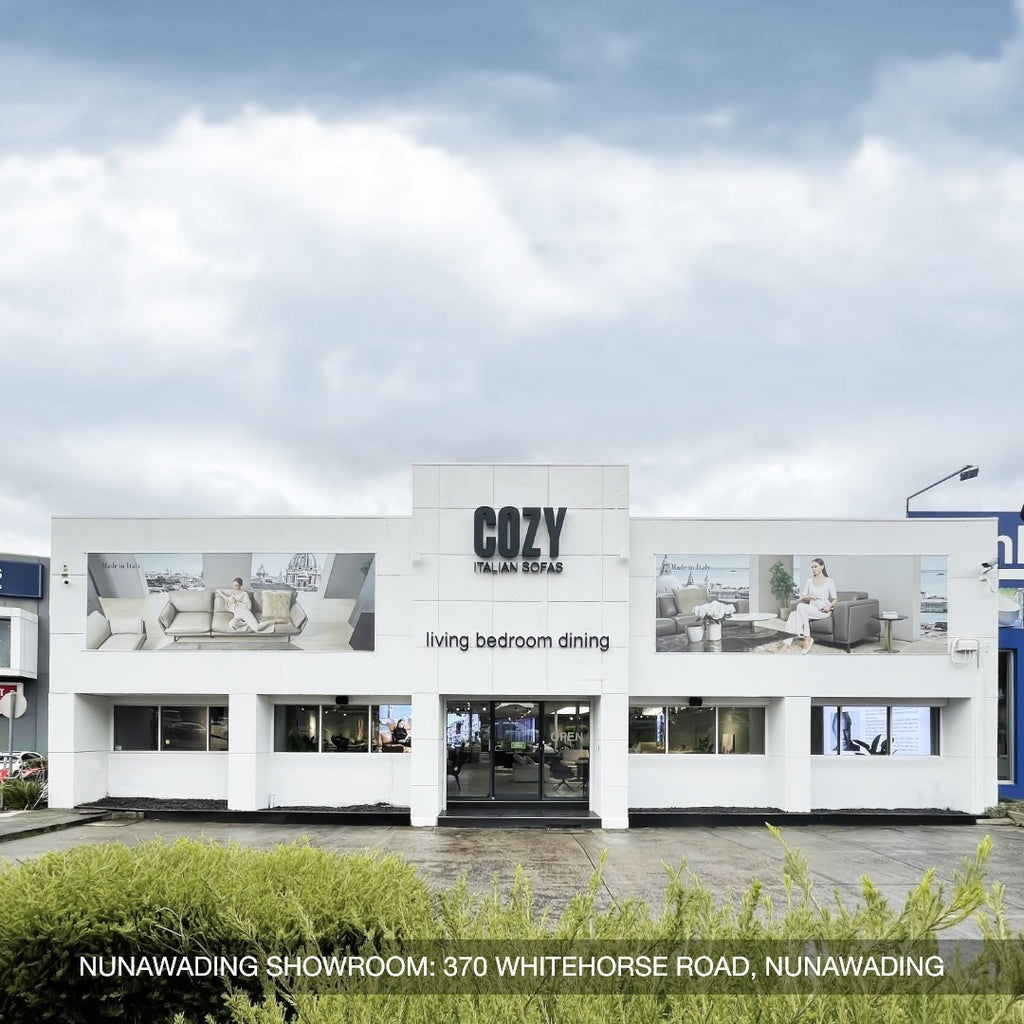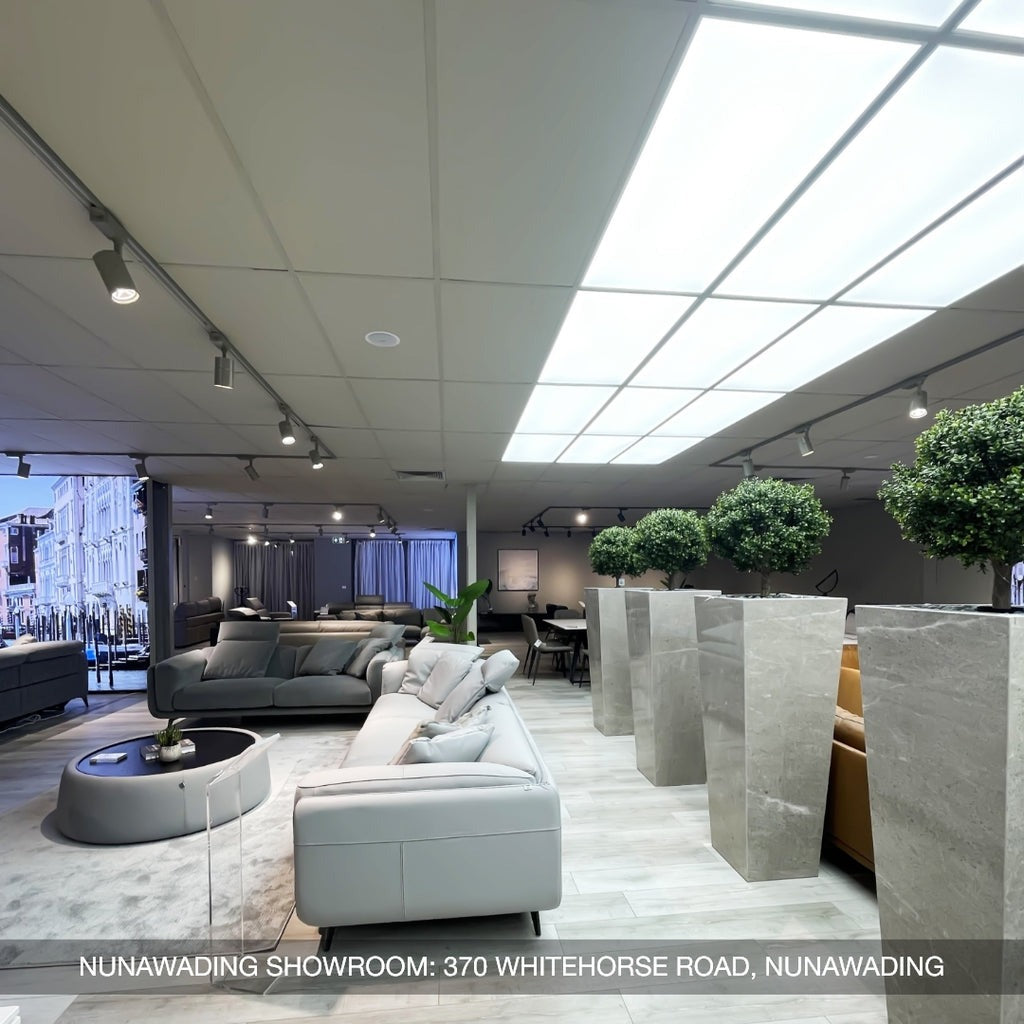Effective leather care in humid climates involves understanding how moisture affects leather and taking proactive steps to protect your investment. One of the key challenges is preventing mold on leather furniture, which can deteriorate the material and create unpleasant odors. Additionally, managing leather furniture in humidity involves controlling the environment and using appropriate products to keep the leather supple and resilient. In this guide, we will explore seven essential tips for caring for your leather pieces, ensuring they remain stunning and durable despite the challenges of high humidity.
Not All Leather is Created Equal
When considering leather furniture in humidity, it's not easy to recognize that not all types of leather respond the same way to moisture. Is humidity bad for leather? The answer depends on the leather's quality and treatment.
"Protected leather" such as top-grain leather with a finish, acts like sunscreen for your sofa. This type of leather has a special coating that repels moisture, making it ideal for those humid Queensland summers. When shopping, ask your salesperson about "protected," "semi-aniline," or even "boiled leather." While full-grain leather is undeniably gorgeous, it requires extra TLC in humid conditions to prevent damage. Understanding these differences helps you identify genuine leather quality and choose the right piece for your climate.
Give Your Leather Some Breathing Room
Allowing your leather furniture to breathe prevents the buildup of unwanted moisture. Good airflow reduces the risk of mold growth from your leather furniture, which thrives in damp environments. Additionally, keeping your furniture away from direct sunlight is essential to protect your leather furniture from UV damage. Sun exposure can cause the leather to dry out and crack, undermining its appearance and durability.

Ensuring proper airflow for your leather furniture helps prevent the accumulation of moisture, reducing the risk of mold growth, which thrives in damp conditions.
Cleaning? Easy as!
Regular maintenance is key to combating the humidity effects on leather. Implementing regular leather conditioning techniques not only keeps your furniture looking fresh but also extends its life. Routine dusting removes particles that can accumulate and cause wear over time. For spills, simply wipe them with a damp cloth and mild soap. After cleaning, apply a leather conditioner every few months to keep the leather supple and prevent cracking. These easy steps ensure your furniture remains in top condition, even in humid settings.
Beat the Humidity at its Own Game
Implementing strategies to control moisture levels can make a significant difference.
- Air conditioning is your friend in high-humidity climates. By keeping your home cool, you simultaneously reduce humidity levels. Aim for a relative humidity of around 30-50%, as recommended by experts. This balance minimizes the risk of mold growth from your leather furniture and keeps the leather from drying out.
- In particularly tropical zones, dehumidifiers are lifesavers. Think of them as super-powered moisture vacuums for your air. They effectively lower humidity levels, creating an environment where your leather furniture can thrive. Many users believe dehumidifiers for protecting your leather furniture from UV damage and other humidity-related issues.

Air conditioning is invaluable in high-humidity climates, as it helps maintain a cool environment while reducing humidity levels.
Don't Panic Over Mold!
Mold is a common concern when it comes to leather furniture in humidity. However, there's no need to panic if you notice mold growth on your beloved pieces. To remove mold growth from your leather furniture, start by gently wiping the affected area with a mixture of water and rubbing alcohol. This solution effectively kills mold spores without harming the leather.
For more severe mold infestations, it's advisable to consult a leather specialist—think of them as a doctor for your couch! These professionals have the expertise and tools necessary to treat and restore your furniture safely. Alternatively, exposing the moldy area to direct sunlight can naturally fade mold stains and inhibit future growth, thanks to the sun’s ultraviolet rays.
Regularly inspecting your leather furniture for early signs of mold and addressing them promptly is part of proper seasonal maintenance for leather upholstery. Keeping your home well-ventilated and using dehumidifiers can also help control moisture levels, further protecting your furniture from mold-related issues.
Buy Smart, Buy Once
When selecting leather furniture, prioritize quality and durability. High-quality leather is not only more resistant to moisture but also maintains its appearance and structure over time. Opting for reputable brands ensures that you receive furniture crafted with superior materials and craftsmanship, which is essential in leather and humidity.
A sturdy frame is another critical factor to consider. Frames made from solid wood or metal are less likely to warp or swell under humid conditions compared to cheaper alternatives. This robustness contributes significantly to the lifespan of leather furniture, ensuring that your pieces remain functional and attractive for years.
Community insights, such as those shared by Redditors, often highlight the importance of quality in handling challenging climates like those in Australia. Their experiences underscore that investing in well-made leather furniture can make a HUGE difference in how your pieces withstand the stresses of high humidity, reducing the need for frequent repairs or replacements.

Premium leather is more resistant to moisture and retains its appearance and structure over time.
How to Choose the Right Leather for a Humid Climate
When choosing leather for high-humidity climates, focus on durability and moisture resistance. Top-grain or full-grain leather varieties are excellent choices as they offer superior resilience against moisture and wear. These types of leather retain their natural texture and strength, making them less susceptible to damage from high humidity.
The finish and thickness of the leather also play crucial roles. A high-gloss finish can provide an additional barrier against moisture, while thicker leather tends to be more robust and less likely to absorb excess humidity. These characteristics not only enhance the appearance of your furniture but also extend its lifespan of leather furniture by protecting it from the elements.
Your commitment to proper seasonal maintenance for leather upholstery is equally important. Regular cleaning, conditioning, and timely repairs will help maintain the leather's integrity and appearance.
Recognizing the signs it's time to replace your leather furniture can help maintain a stylish and comfortable home environment. Issues like mold growth, warping, or persistent odors are clear indicators that replacement may be necessary. Additionally, managing leather furniture in humidity involves regular maintenance and choosing quality materials that withstand moisture. By selecting COZY’s premium leather pieces, you ensure durability and timeless elegance. Trust COZY to provide the best solutions for your high-humidity living spaces, keeping your home both beautiful and resilient.





